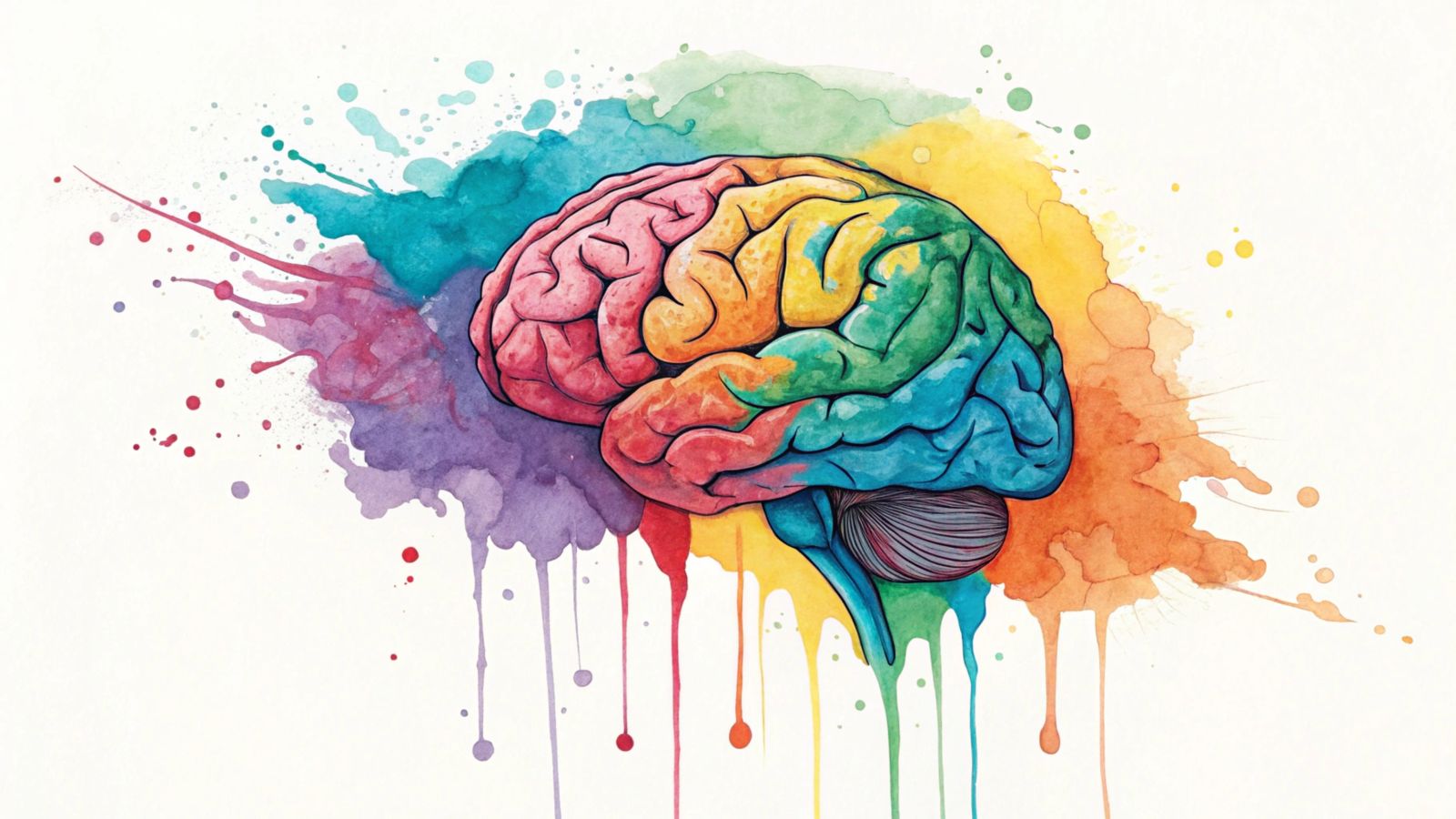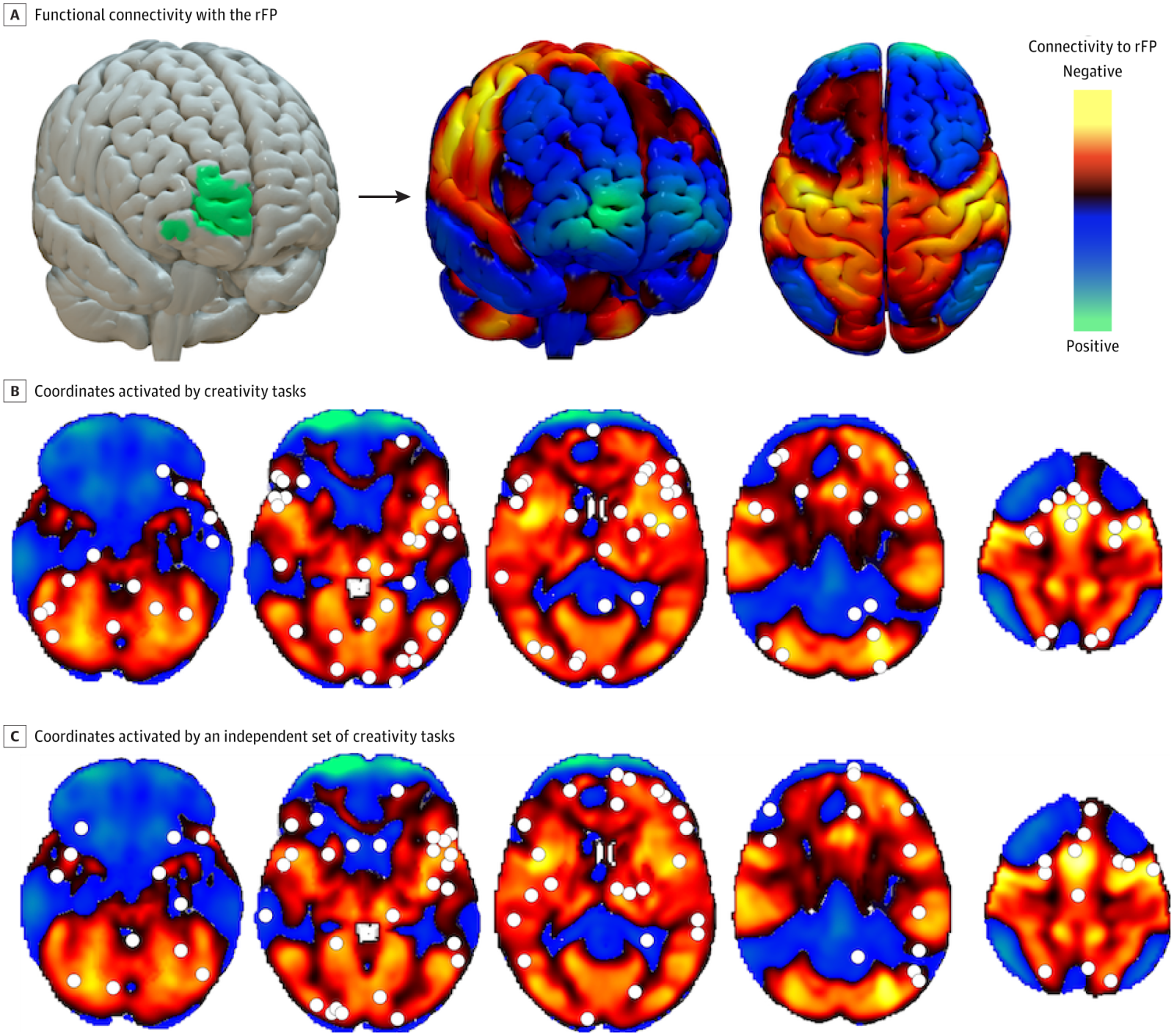How can brain injuries boost creativity? 🧠
Follow us on Google News (click on ☆)

Researchers analyzed data from 857 participants across 36 brain imaging studies using fMRI. They identified a common brain circuit associated with creativity. This circuit, mapped in healthy individuals, allowed them to predict how brain injuries and neurodegenerative diseases might influence creativity.
The study reveals that changes in creativity depend on the location of brain injuries. Certain areas, when affected, can either disrupt or enhance creative abilities. This discovery suggests that creativity is a complex phenomenon involving multiple interconnected brain regions.
The researchers also examined patients who experienced changes in creativity following brain injuries or neurodegenerative diseases. They found that some patients developed new creative abilities, supporting the hypothesis of a dedicated brain circuit for creativity.
One of the most intriguing findings concerns the role of the right frontal pole. This region, involved in control and rule-based behaviors, appears to play a key role in modulating creativity. A reduction in its activity could promote the emergence of creative thoughts.

A - Functional connectivity with the rFP (green, left) defining a distributed brain circuit (right) involved in creative tasks.
B - Brain maps showing that the coordinates activated in 36 creativity studies (white dots) are located within the circuit defined by negative functional connectivity with the rFP (warm colors).
C - Brain maps showing that the coordinates activated in 30 independent creativity studies (white dots) are located within the same circuit.
These results could explain why some neurodegenerative diseases lead to a decrease in creativity, while others may paradoxically increase it. They also pave the way for research on brain stimulation to boost creativity.
The study, published in JAMA Network Open, highlights the importance of considering creativity as a complex process involving multiple brain circuits. It offers a new understanding of how brain changes can influence and unleash creativity.
What is the brain's creativity circuit?
The brain's creativity circuit is a network of interconnected brain regions that work together to generate new thoughts and ideas. Contrary to popular belief, creativity does not depend on a single brain region, but on the interaction between several areas.
This circuit includes regions involved in memory, attention, and problem-solving. The recent study identified this circuit by analyzing brain imaging data from hundreds of participants, revealing a common pattern among creative individuals.
Injuries or diseases affecting this circuit can alter creativity. However, some injuries may paradoxically increase creative abilities, suggesting that the suppression of certain brain functions can release new forms of thinking.
This discovery opens perspectives for understanding the neurological basis of creativity and could have implications for the treatment of neurological disorders.
How do brain injuries influence creativity?
Brain injuries can have varied effects on creativity, depending on their location. Some injuries can disrupt the brain circuits involved in generating new ideas, thereby reducing creativity.
However, other injuries, particularly those affecting the right frontal pole, may paradoxically increase creativity. This region is involved in control and the censorship of thoughts, and a reduction in its activity can allow for greater freedom of thought.
Researchers observed that patients with certain neurodegenerative diseases, such as frontotemporal dementia, can develop new artistic or creative skills. This suggests that the loss of certain brain functions can release previously inhibited creative abilities.
These findings underscore the complexity of the brain mechanisms underlying creativity and open new avenues for research and treatment of neurological disorders.